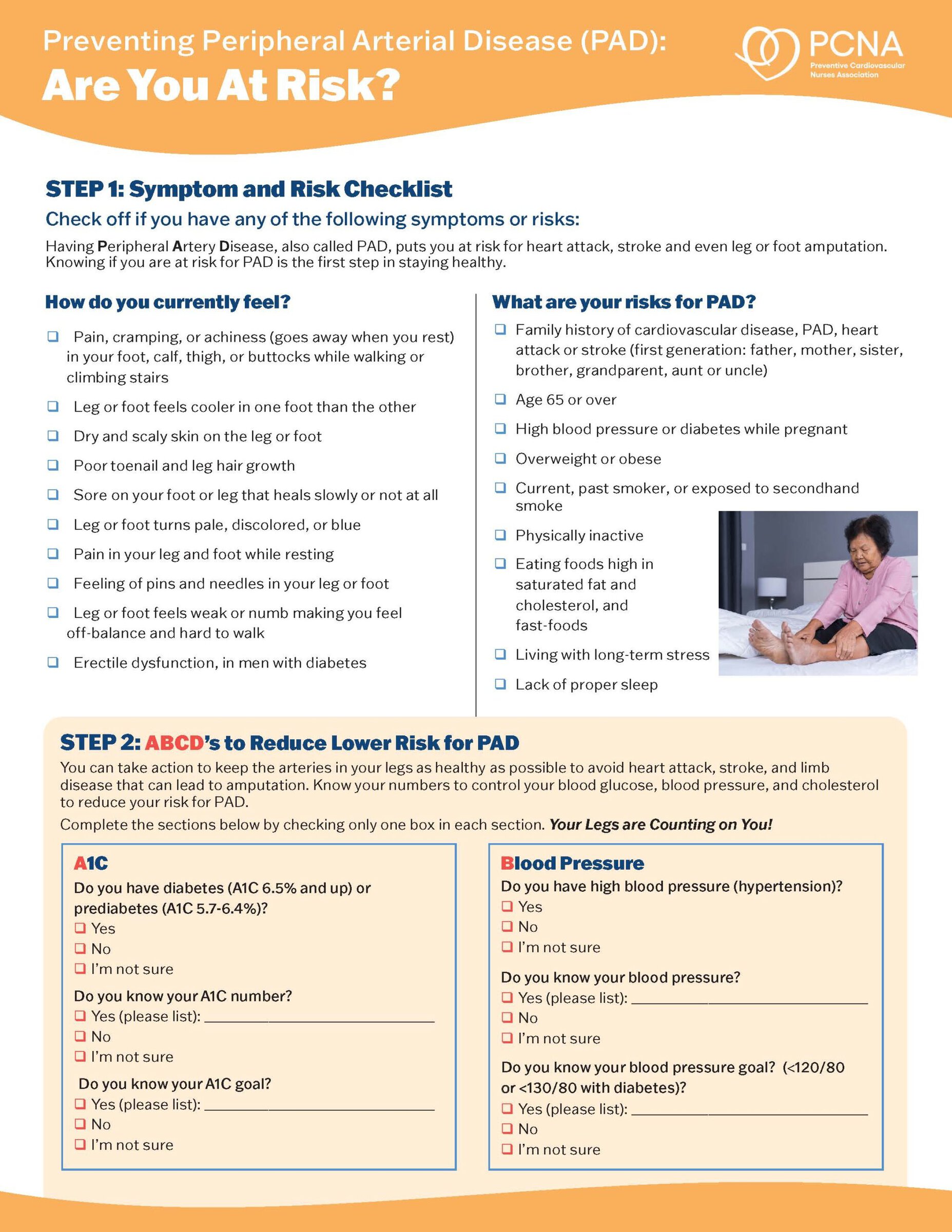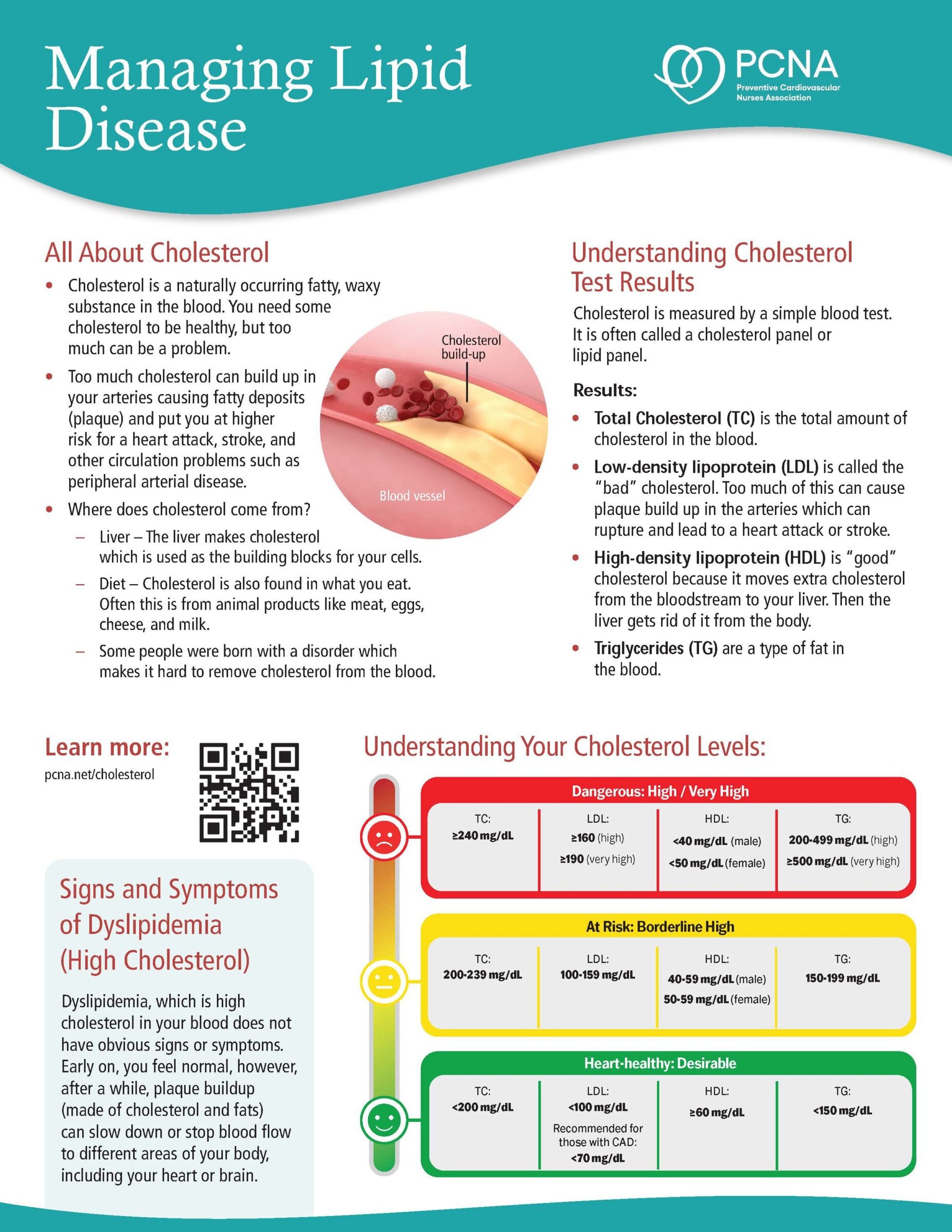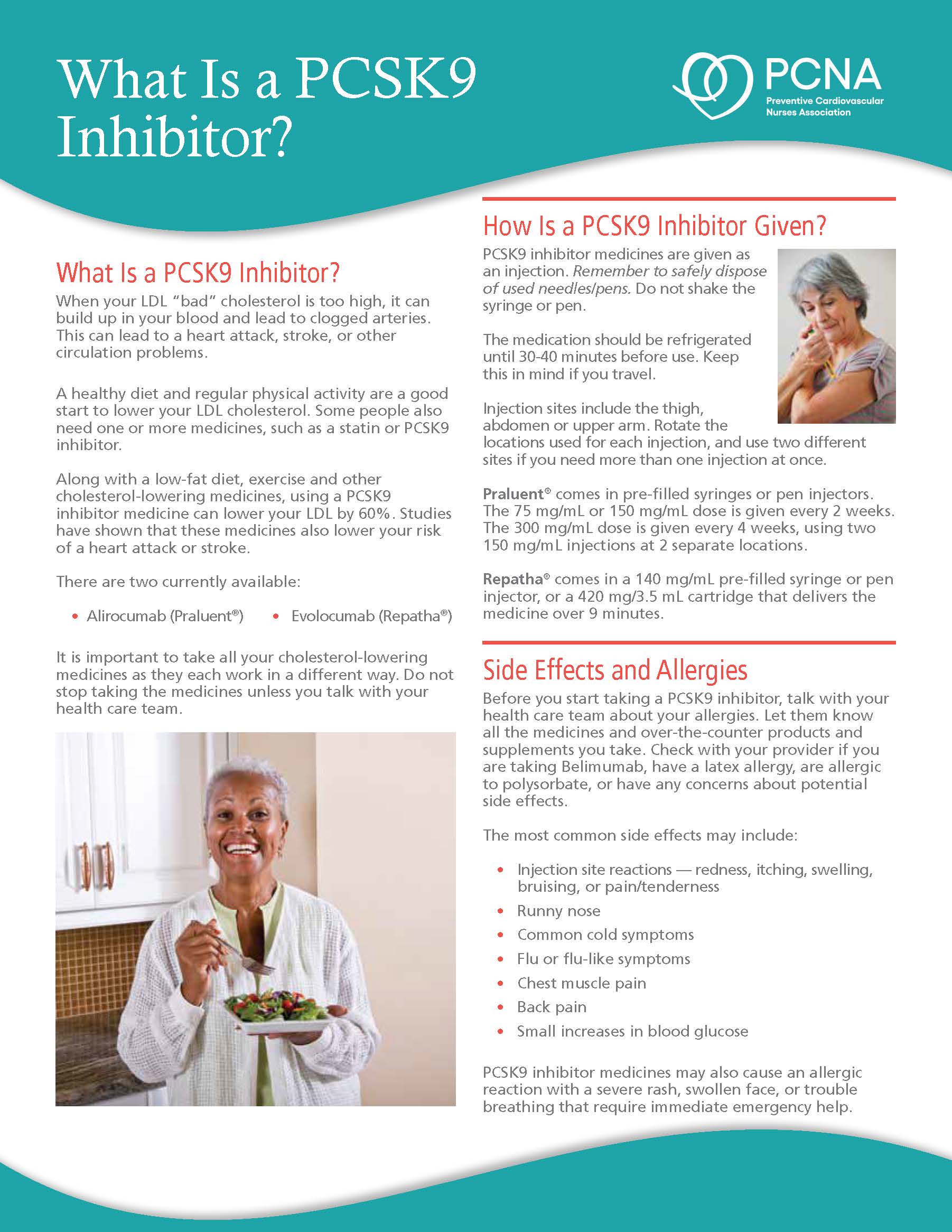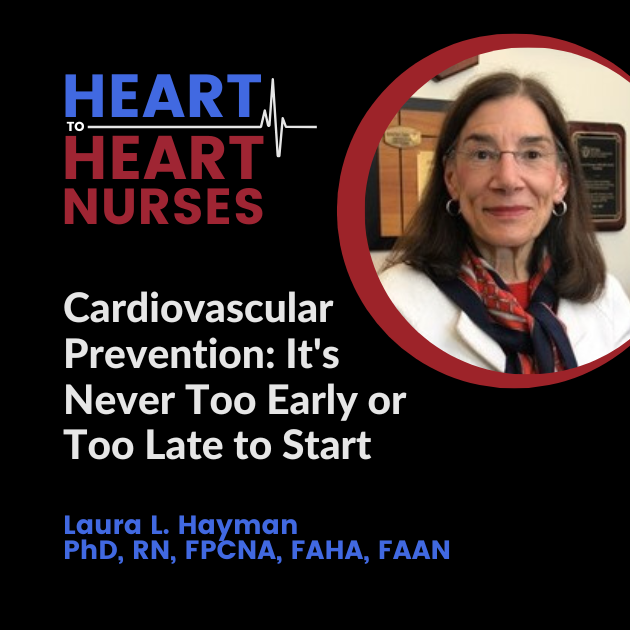It’s never too early–or too late–to focus on cardiovascular disease prevention. It is critically important at all stages of life, from addressing the health of those who are pregnant to reducing risk in infancy and beyond. Guest Laura L. Hayman, PhD, RN, FPCNA, FAHA, FAAN, focuses on working with individuals, families, and communities, concentrating on social determinants of health to make a difference for all patients.
Episode Resources
Laura Hayman podcast episode transcript
[00:00:00] I’m Erin Ferranti, board president for PCNA, and I’d like to welcome you to this episode of the Heart to Heart Nurses Podcast. PCNA is the proud home of cardiovascular nurses and one of the leading figures in the fight against cardiovascular disease. We have the resources you need for your day-to-day practice or to follow your passion to new areas of learning and growth.
Geralyn Warfield (host): (00:11)
Welcome to today’s episode where we have the great honor of speaking with Laura Hayman. Laura, could you introduce yourself to our audience?
Laura Hayman (guest): (00:25)
Thank you, Geralyn. Yes, I’m Laura Hayman. I’m a Professor and Interim Chair in the Department of Nursing at UMass Boston and an Adjunct Professor in the Division of Preventive and Behavioral Medicine in the Department of Population and Quantitative Health Sciences at UMass Chan Medical School. And a very active member of PCNA.
Geralyn Warfield (host): (00:48)
We are so excited to have the opportunity to speak with you today, Laura. I know one of your passions is cardiovascular prevention across the lifespan. Can you describe for us what the optimal time is for us to even think about cardiovascular prevention?
Laura Hayman (guest): (01:01)
Thank you. It’s critically important. Critically important, And starting early in life because we know and we heard here at our [2025 Cardiovascular Nursing Symposium] sessions. And we know from the literature that those processes, atherosclerotic cardiovascular disease processes, start early in life. And they’re influenced over time by a number of factors including lifestyle behaviors, big time.
And we have data, substantial data accumulated now over almost four decades that those risk factors early in life are associated with subclinical heart disease. So, it’s really important to start early in life.
And we know that those health behaviors, the foundations for them, happen early in life: healthy lifestyle, diet, physical activity, smoke-free environments, etc.
Geralyn Warfield (host): 01:56)
So, some of that starts even before you’re born. If your parents provide you a quality environment, that can lead to even better health outcomes, can’t it.
Laura Hayman (guest): (02:04)
Absolutely, and I’m glad you mentioned that, Geralyn, because Dr. Salim Virani, who at our Global Cardiovascular Nursing Leadership Forum meeting in Budapest, he introduced a new concept of pre-primordial. I’ve always talked about primordial prevention, prevention of the development of the risk factor in the first place.
He said pre-primordial, which would impact and be important for mothers during pregnancy, throughout pregnancy period, and afterwards. Because we know that intrauterine environment, and what the mother does in terms of her health behaviors, etc. then affect her offspring. So, it’s really important.
And you’re right, then, the family environment going forward, you know, providing foods that are healthy to the extent possible, healthy foods.
Promoting physical activity; a biggie now is promoting outdoors play for children as early in life from toddlers, preschoolers, school-aged children because we’re seeing less than optimal levels of physical activity which we know are also important.
And then of course maintaining a smoke-free environment and that includes vaping which we’re seeing more often right now.
Geralyn Warfield (host): (03:27)
For some reason it seems like in our society that we went through a renaissance a while ago about tobacco free environments.
Laura Hayman (guest):
Oh, yes.
Geralyn Warfield (host): And it seems like vaping is not seen in the same sense as smoking, is it?
Laura Hayman (guest): (03:41)
I’m glad you asked that and mentioned that. You’re right.
We did see substantial decreases in smoking behaviors. And then, whoop, onset of those flavored JUULs, etc. So, on a panel for American Heart Association where we have four projects called ENAC, Ending Nicotine Addiction and Youth, and with four projects focused on preventing and then treating vaping and youth. But we are seeing increases in that, and there are geographic differences of course. And we really need concerted efforts.
And the flavor JUULs, or whatever they call it (in different forms they have different names), they tend to be more appealing to youth than those that aren’t flavored. But we do need to, because it’s a nicotine delivery system for one and we know nicotine is highly addictive. Plus, there’s other products in them depending upon the manufacturer and there are a number of them out there.
Geralyn Warfield (host): (04:47)
So, we have a collective community influence on individuals of every age. And so, I know as healthcare professionals sometimes these are difficult conversations to have with patients. Whether or not you’re in pediatrics, whether or not you’re in gerontology, anywhere in between, these can be tough conversations, can’t they?
Laura Hayman (guest): (05:07)
Yes, very much so, very much so. Tough conversations, as you know, and as we’ve heard here at the [2025 PCNA] annual symposium, it’s in the literature.
Changing behaviors is challenging, and you always have to start where the individual is, individualize it based on developmental stage, culture, other factors, environmental factors.
And never be in an accusatory kind of mode, because that does not help. You have to be very supportive. The five A’s that we heard about, very, very helpful.
Geralyn Warfield (host): (05:45)
The other thing that also springs to mind is it’s really never too late to start. Yes, the primary way for us to prevent any of these diseases is to start early, but it’s never too late for us to make improvements, right?
Laura Hayman (guest): (05:57)
Absolutely. And I’m so glad you mentioned that as well. We’re all familiar with Life’s Essential 8—it was Life’s Essential 7, now it’s 8: the four health factors and the four health behaviors.
And data have shown that making changes from adverse levels of those health factors and health behaviors does impact the atherosclerotic processes. And so, it’s never too late. It really isn’t. Starting early and hopefully maintaining a healthy lifestyle across the life course is very helpful.
Geralyn Warfield (host): (06:33)
We’re going to take a quick break and we will be right back.
Geralyn Warfield (host):
We are back talking about cardiovascular health across the lifespan with Laura Hayman. And Laura, I know one of the things you wanted to discuss with our audience was how to optimize care. Could you discuss that a little bit with us?
Laura Hayman (guest): (06:47)
Sure. As we said, starting early in life, working with the family as a unit of intervention, and also considering the community and the context. Context always matters. And we know, I view phenomena in a social ecological framework, so you look at the individual, the family, the community—schools if it’s for children, workplaces for adults—and then the outer circle is the policy arena.
And we know that policies, particularly now, are critically important. And they will help us. So, for example, you want to have healthy food in schools, and optimize physical education and physical activity, we need policies to emphasize the importance of that. And it’s of concern right now, given the general climate. That’s a critical point.
And our communities are really important. So you look at the family, say, as a unit of intervention, and then you want to see the community in which they reside, because as we all know, some communities have more resources than others. Which brings us to the social determinants of health, which I really believe in every patient, family encounter is really important, whether in a hospital, a community, a clinic setting, we need to. And we’re beginning to integrate that in our EHRs and in our just informal assessments.
Geralyn Warfield (host): (08:18)
I really appreciate the fact that you bring up the social determinants of health because sometimes the barriers that our individuals, our families, our communities are facing seem insurmountable.
And sometimes it’s at the policy level, sometimes we have prescribed for our patients to exercise and there’s not a safe place for them to exercise outside of the home. Sometimes they are in a food desert. So sometimes those barriers are kind of numerous. So as a healthcare professional, how do you help navigate those?
Laura Hayman (guest): (08:45)
That is a critically important question. And as we also heard this morning, a major challenge. So, we need to start with what’s available and to optimize that.
So, for example, physical activity. As a health care provider, we can show exercises, if you will, that can be done feasibly in the home environment, low cost. And if the neighborhood is really unsafe to navigate, that’s one.
And then as far as healthy foods, there’s some, and I know I work with the Society of Behavioral Medicine, and PCNA has endorsed the policy briefs on ways to optimize the food supply on a low-cost budget.
And really that is an important piece in terms of advocating at the local level too with our legislators for making, for helping make, nutritious foods available and affordable. That is a critical component of all that. Yeah, availability and affordability.
Geralyn Warfield (host): (09:59)
And the quality of that that’s available for certain.
Laura Hayman (guest): (10:02)
Absolutely. Quality is always important.
Geralyn Warfield (host): (10:05)
Well, quality matters to Laura Hayman. It also matters to the rest of us, too.
Do you happen to have a final word that you would like to share with our audience or a nugget that you would like to leave them with?
Laura Hayman (guest): (10:16)
Thank you so much. I would just say that prevention is critically important and the scope of prevention from, you could say, pre-primordial, primordial, primary, and secondary prevention. But it is really important and to tailor that individually to the, if it’s a child, or the family as a unit of intervention, and to be persistent about that. And also, to include the patient and family big time. What are their preferences, their resources, and how to help them optimize what’s available to them.
Geralyn Warfield (host): (10:55)
Laura, it’s always a delight to spend time with you. Thank you so much for joining us on this episode.
Laura Hayman (guest): (11:00)
Thank you very much, Geralyn.
Geralyn Warfield (host): (11:02)
This is Geralyn Warfield, your host, we will see you next time.
Thank you for listening to Heart to Heart Nurses. Visit PCNA.net for clinical resources, continuing education, and much more.
Topics
- Atherosclerotic Cardiovascular Disease (ASCVD)
- Lifestyle and Behavior Change
- Risk Assessment and Management
- Women and Heart Disease
Published on
July 29, 2025
Listen on:
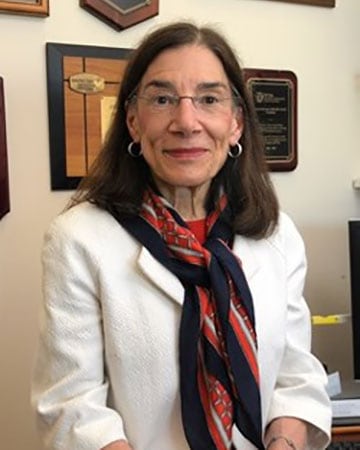
PhD, RN, FPCNA, FAAN
Related Resources
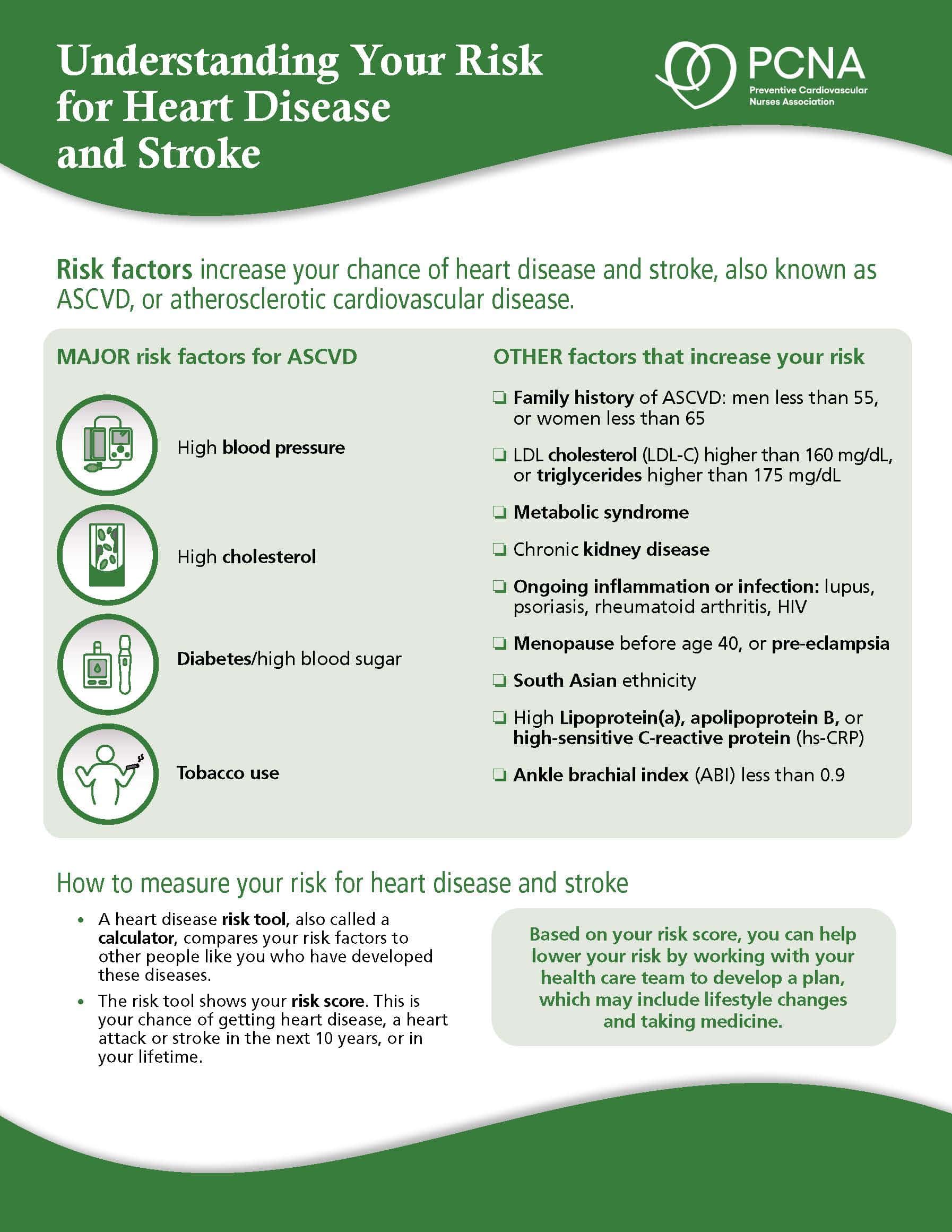
Patient Education Handouts
Understanding Your Risk for Heart Disease and Stroke Fact Sheet
February 12, 2024
